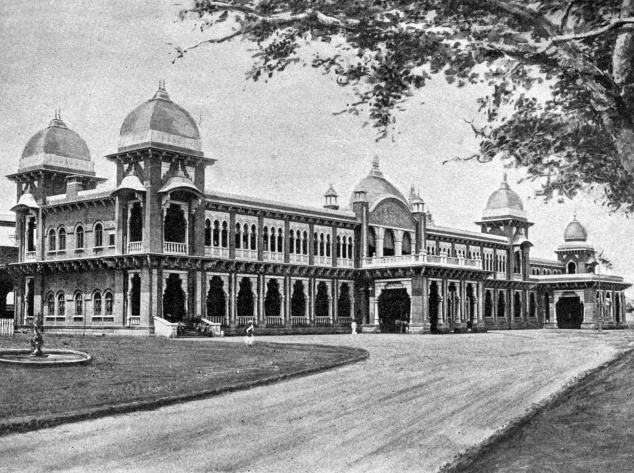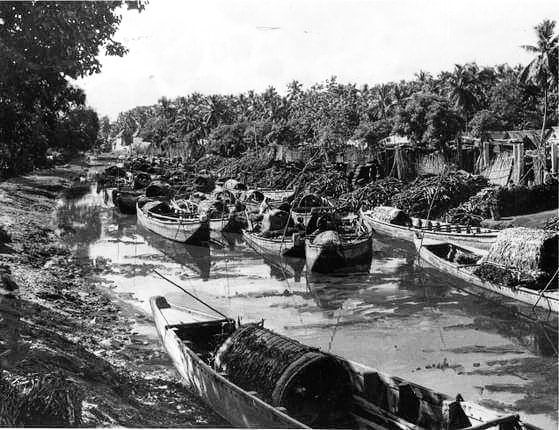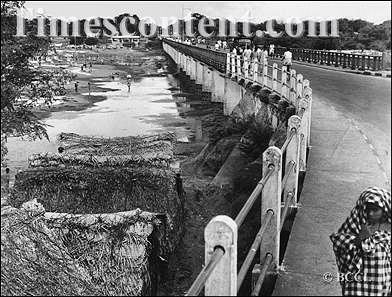Ports and harbours are signs of thriving economic activity in any civilisation. The ever bustling madras port was first suggested by warren Hastings in 1770 when he was posted here, who later became the first Governor General of India. However, it was not until the 1850s that work began on a pier to berth vessels following suggestions from the Madras Chamber of Commerce and Industry.
Till 1815, it was an open roadstead and exposed sandy coast, swept by occasional storms and monsoons🌊. At that time, the natural harbour was so shallow that ships had to anchor over 1 km offshore, and cargo was delivered to and from the shore in masula boats and catamarans. Cargo losses were high so the government decided to build a pier.
Governor Charles Trevelyan screwed down the first pile in 1859 ⚓ and the 1,000 feet long, 40 feet broad pier with a ‘T’-head 160 feet by 40 feet was built perpendicular to the shore, inaugurated for use on December 16, 1861.
A cyclone🌪️ on June 6, 1868 damaged this pier and another cyclone on May 2, 1872 wrecked it. The pier was out of operation for 15 months and by 1874, the pier was made operational again.
Source: The Hindu | S.Muthiah | British Library.





